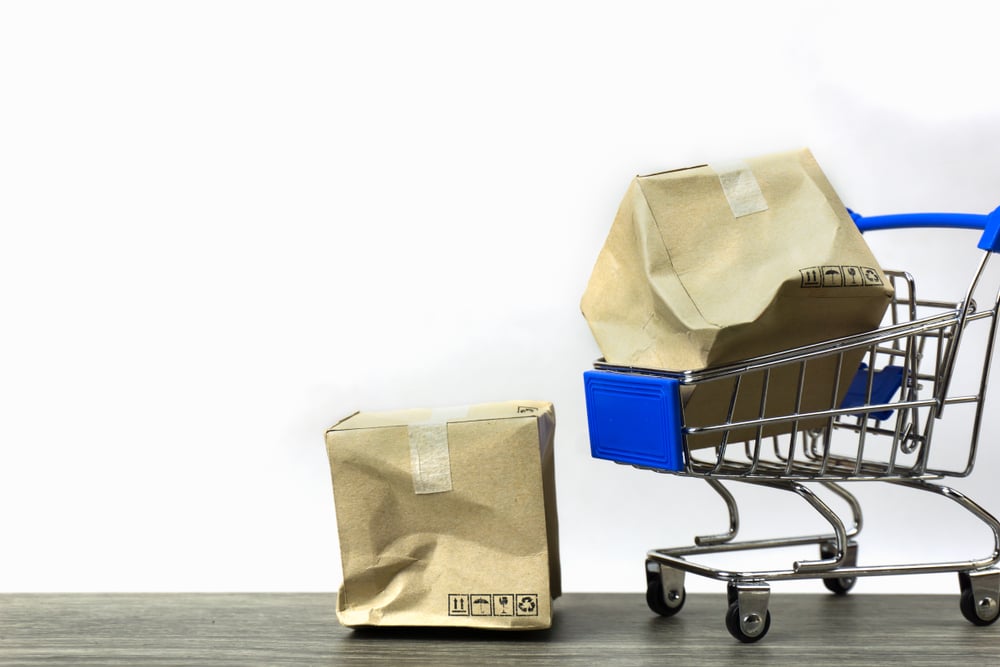REDWOOD LOGIN
Redwood PortalLTL
SCS
SCS Support
Rockfarm

One thing that all shippers can agree on is that discovering concealed damage is a huge disappointment.
Concealed damage can occur due to a rather large variety of factors. Whether it’s poor packaging or freight being incorrectly carrier, the end result is usually the same. Arguably the most difficult issue surrounding concealed damage is knowing how to handle it correctly once it has been found.
In today's blog post, we’ll take a look at how a freight recipient and their shipper should ideally handle concealed damage claims. We'll also explain what factors determine if a freight claim should be categorized as concealed.
In the supply chain industry, there are several situations that can lead to damage of freight.
In some cases, the damage occurs before the freight even has the chance to enter the truck, while in transit, or after it has been received at the point of delivery.
Trying to determine the exact source of the damage is one of the most difficult yet most important undertakings when filing a concealed damage claim. By definition, concealed damage occurs when the recipient notices damage to their commodities after the shipment has been delivered and they have signed off on the proof of delivery.
Damage is considered concealed mainly due to the fact that the carrier did not either disclose the damage or note it on the BOL.
However, in some cases, the carrier is completely unaware of the damage and it is only determined once the freight recipient opens up the containers, breaks down the pallet, or opens the packaging.
The processing and acceptance of concealed damage is conditional and based on the carrier type, negotiated insurance coverage, and other terms.
In general, anytime freight is discovered to be damaged after the carrier has left it with the recipient it can qualify as a concealed damage claim. This introduces the most common problem, as many carriers do not provide or pay for damage that has not been notated on the freight invoice.
In a perfect world, every receiving department would have a policy with regards to the correct procedures for accepting any delivery that reaches their dock.
In this perfect world, a receiving employee would inspect every single pallet and package prior to signing the POD.
Unfortunately for most businesses, time restraints and normal day-to-day activities often prohibit this fantasy world from becoming a reality.
In fact, this is the main reason why concealed damage occurs in the first place. It is simply due to a lack of focus or effort on behalf of the recipient. If freight damage is found while the carrier is still there, a claim can instantly be started, though.
For those situations when damage is discovered after the POD was signed, there are a few important steps that the recipient should take to improve their chances of receiving financial compensation or replacement of products that were damaged.
In most situations, the recipient of commercial freight is not the company or individual that set up or has a relationship with the carrier who delivered it.
However, it is important for the recipient to contact the carrier via the contact information noted on the bill of lading or proof of delivery form.
This needs to happen as soon as you discover the freight damage, as one of the major contributing factors for carriers and their insurance providers to cover this type of damage, is reviewing the time of delivery scheduling versus the time of delivery.
If you wait even 24 hours to contact the carrier, most of them will refuse the claim.
The second step for handling a concealed damage claim is to contact the shipper. This is especially important if the shipper is the individual or company that set up the carrier movement.
The initial contact can be made via phone but it is best to send out an email. The email serves as a paper trail of notification that may come in handy to complete the concealed damage claim.
When you are on the phone with the carrier or the shipper, they will likely ask you to send video or photographic evidence of damage that you are claiming has occurred.
While it is tempting to start the concealed damage claim by taking photographs or videos, this delays the initial contact with the important parties.
Instead, try speaking with them first to see if they can inform you of the exact type of video or pictures they need in order to submit your claim.
Always make sure to make duplicate copies and store duplicate copies of pictures or video on an easy to access folder or cloud-based storage system.
Doing this will ensure that if images are not received or have been lost by the shipper or carrier, replacement files can be instantly sent if needed.
One of the best ways to avoid the frustration involved associated with concealed damage claims is to work with an experienced 3rd party logistics company.
Here at Redwood Logistics, we have has a solid understanding of concealed damage claims, standard terms and conditions of carriers, and can often negotiate better deals and expedite the process of damage claims on behalf of our clients.
If you would like to learn more about concealed damage claims and the protection offered by Redwood Logistics, head over to our contact page and drop us a line today.